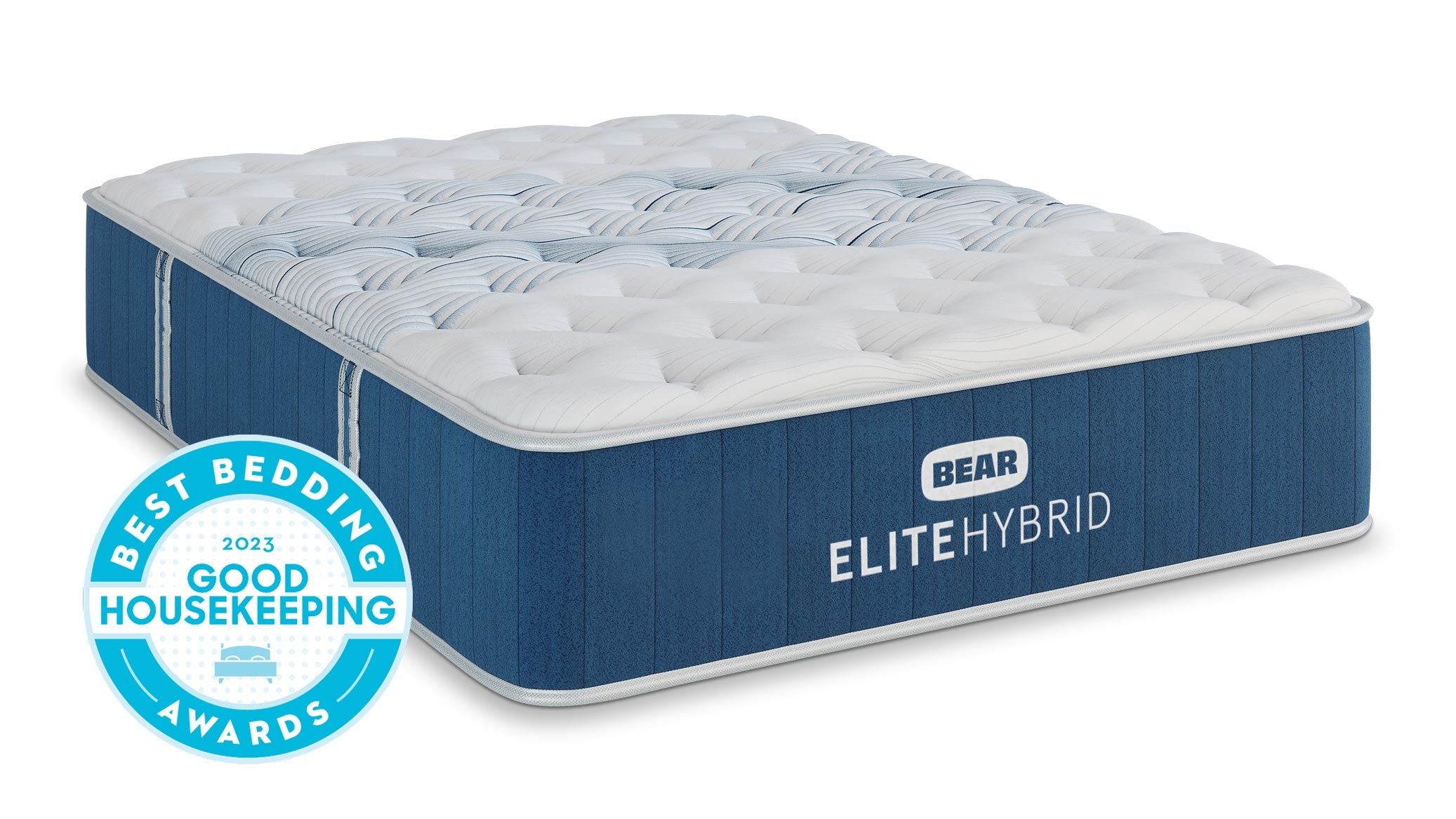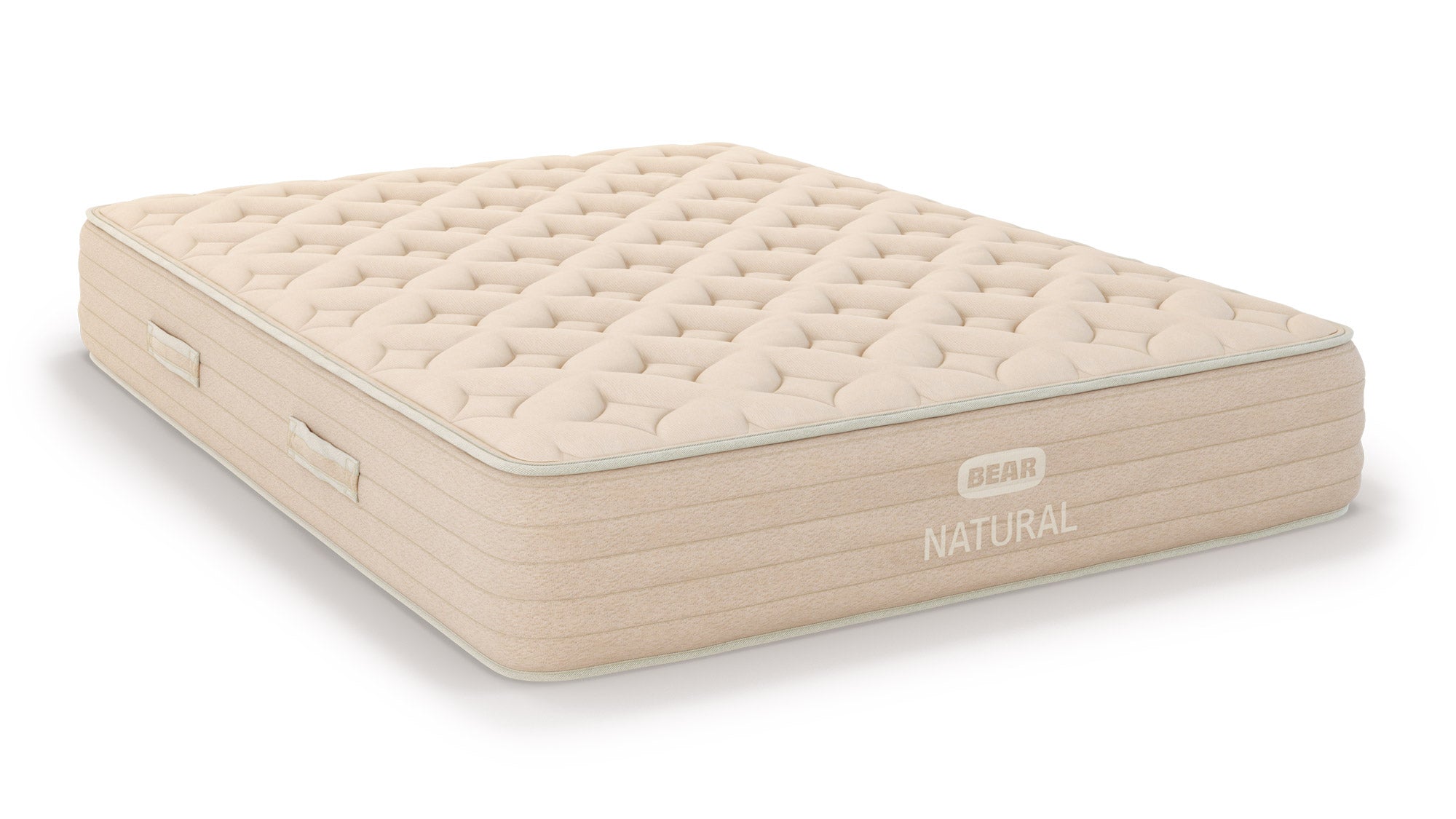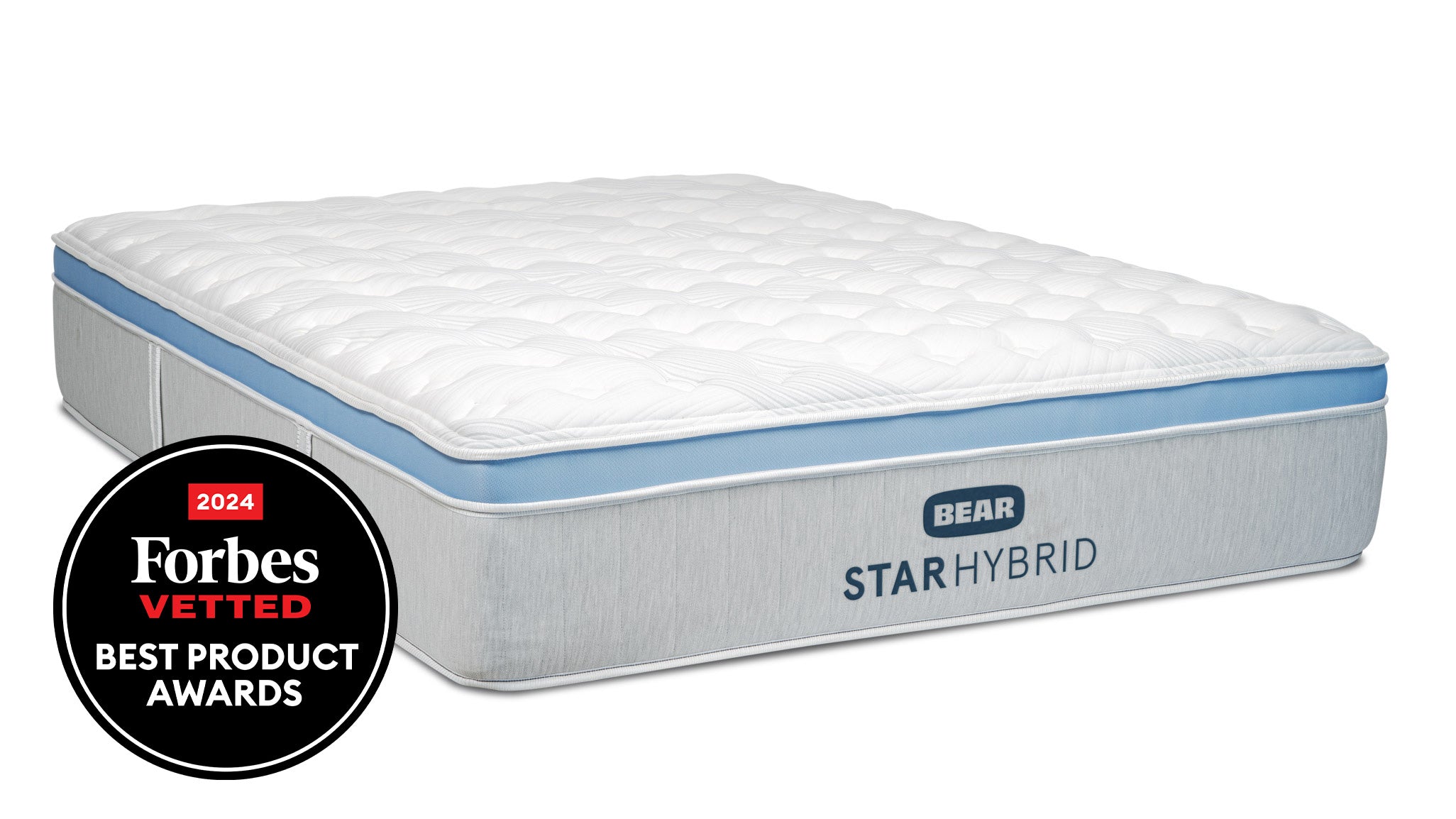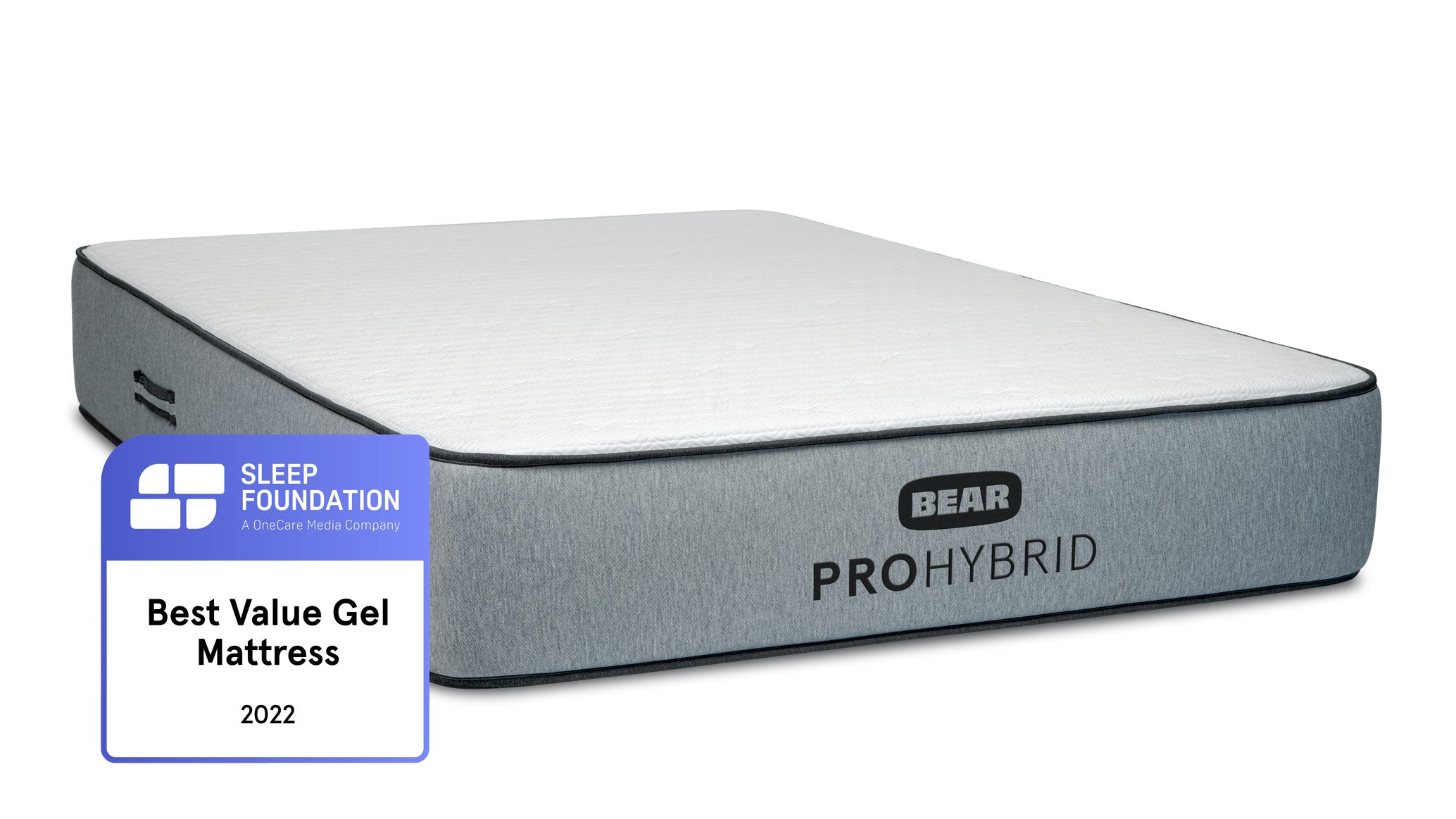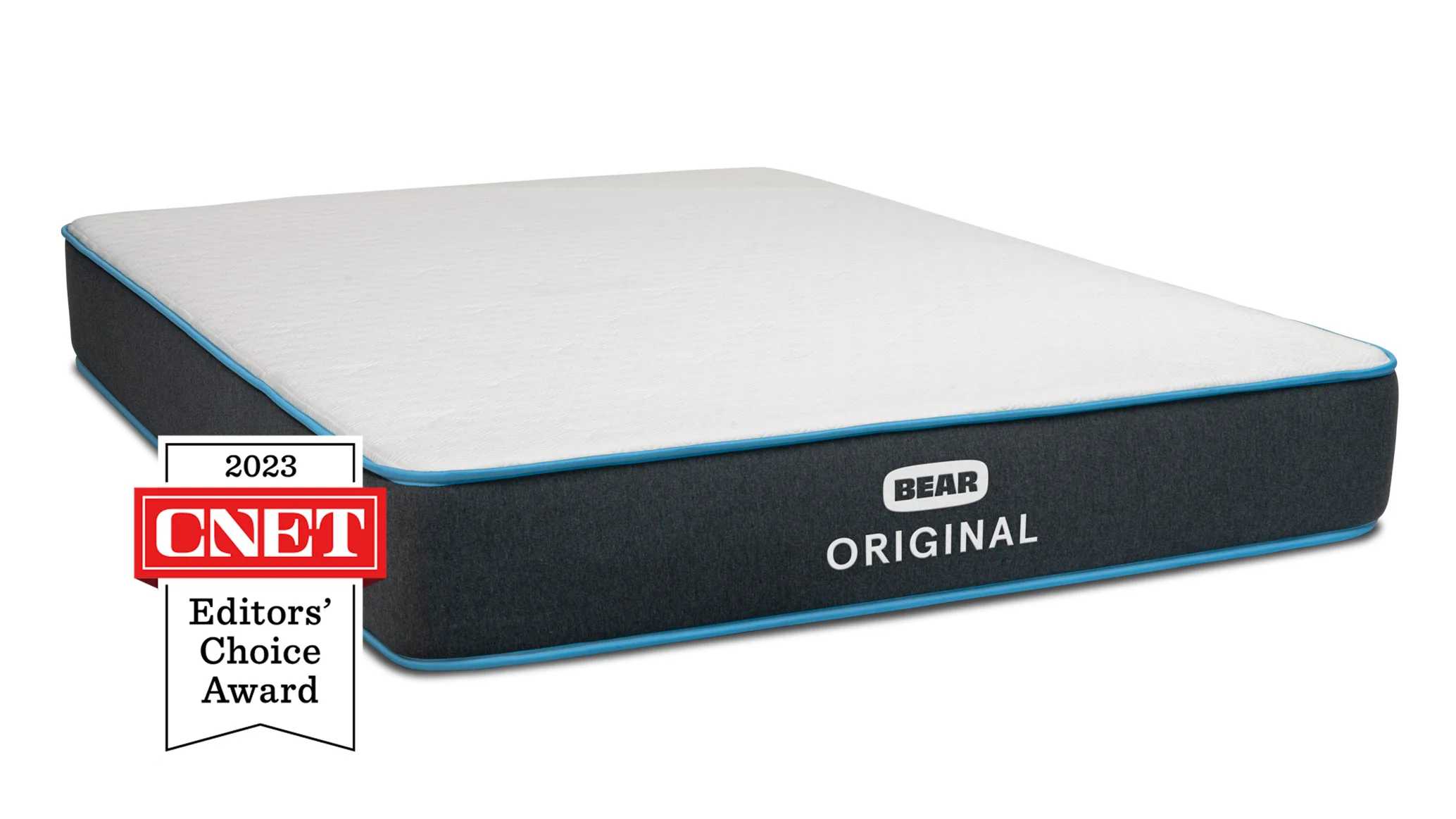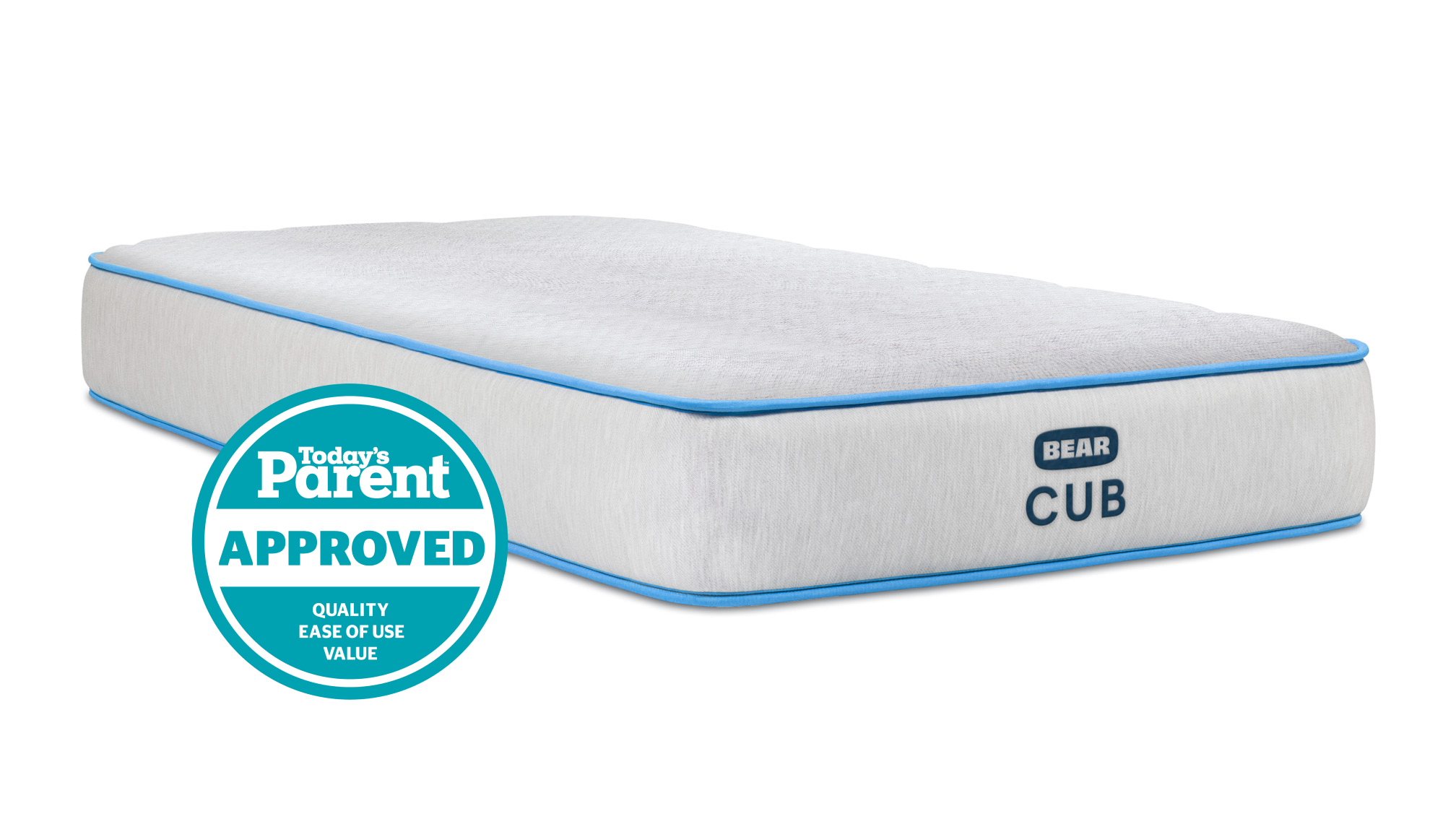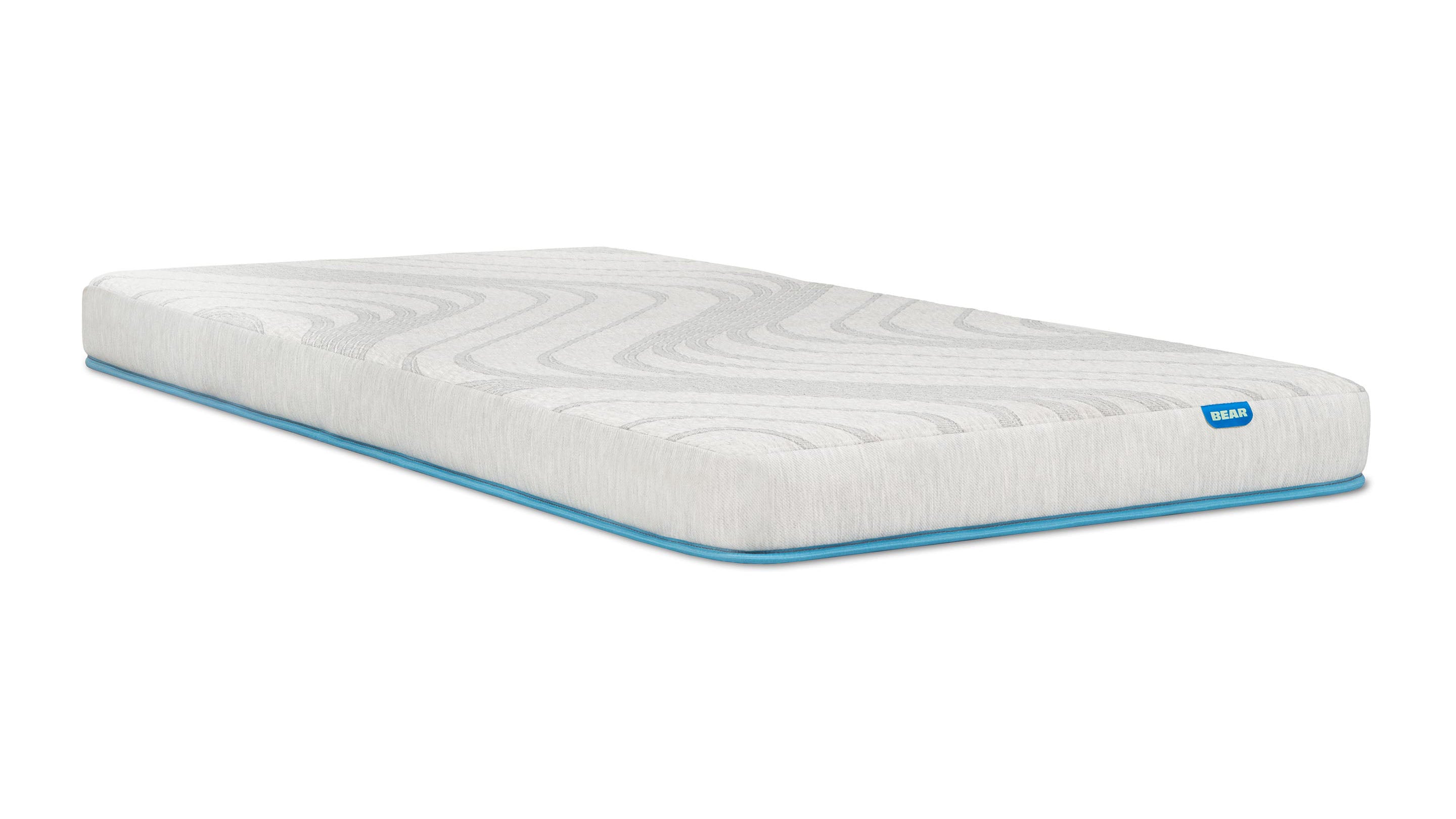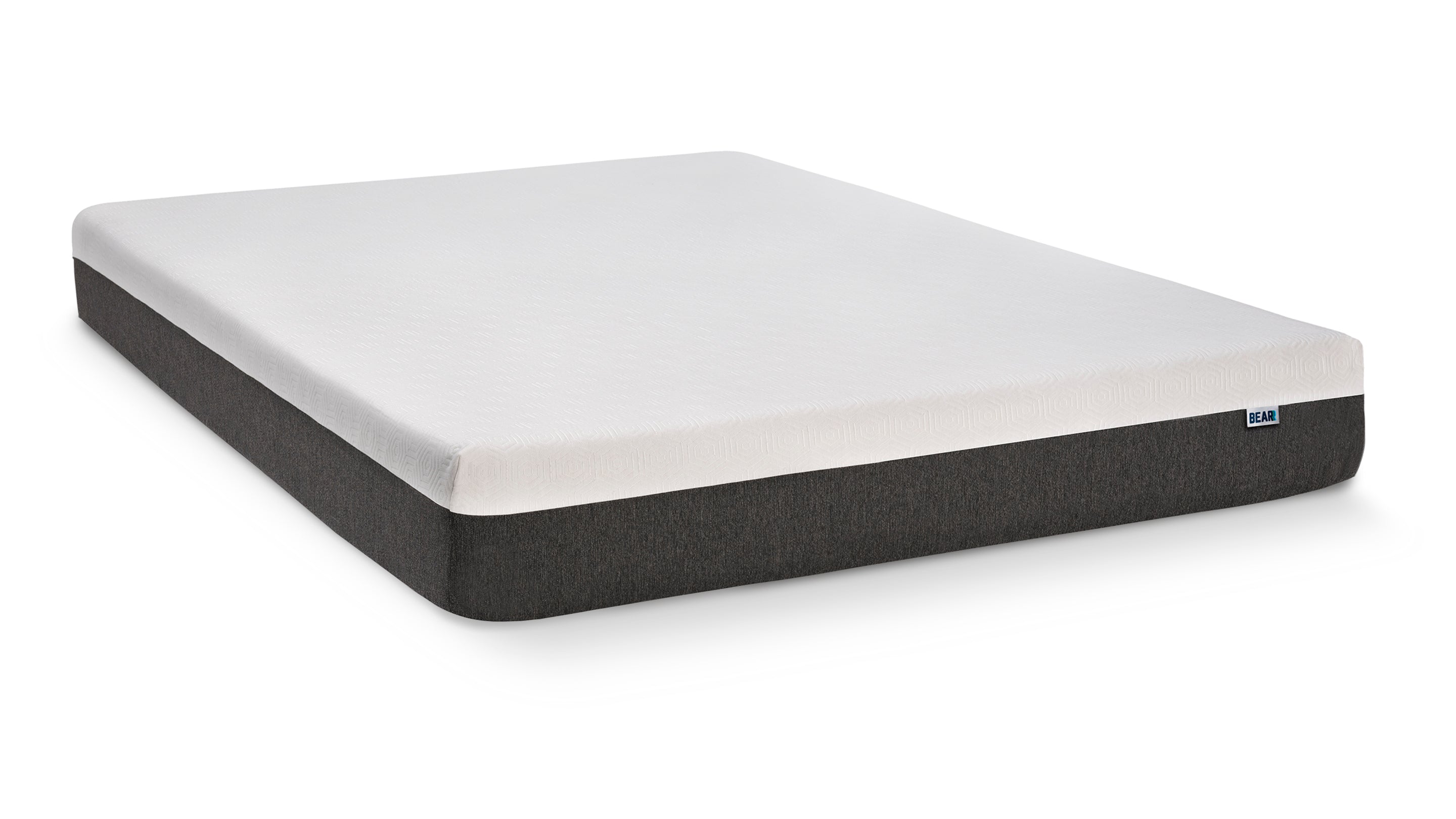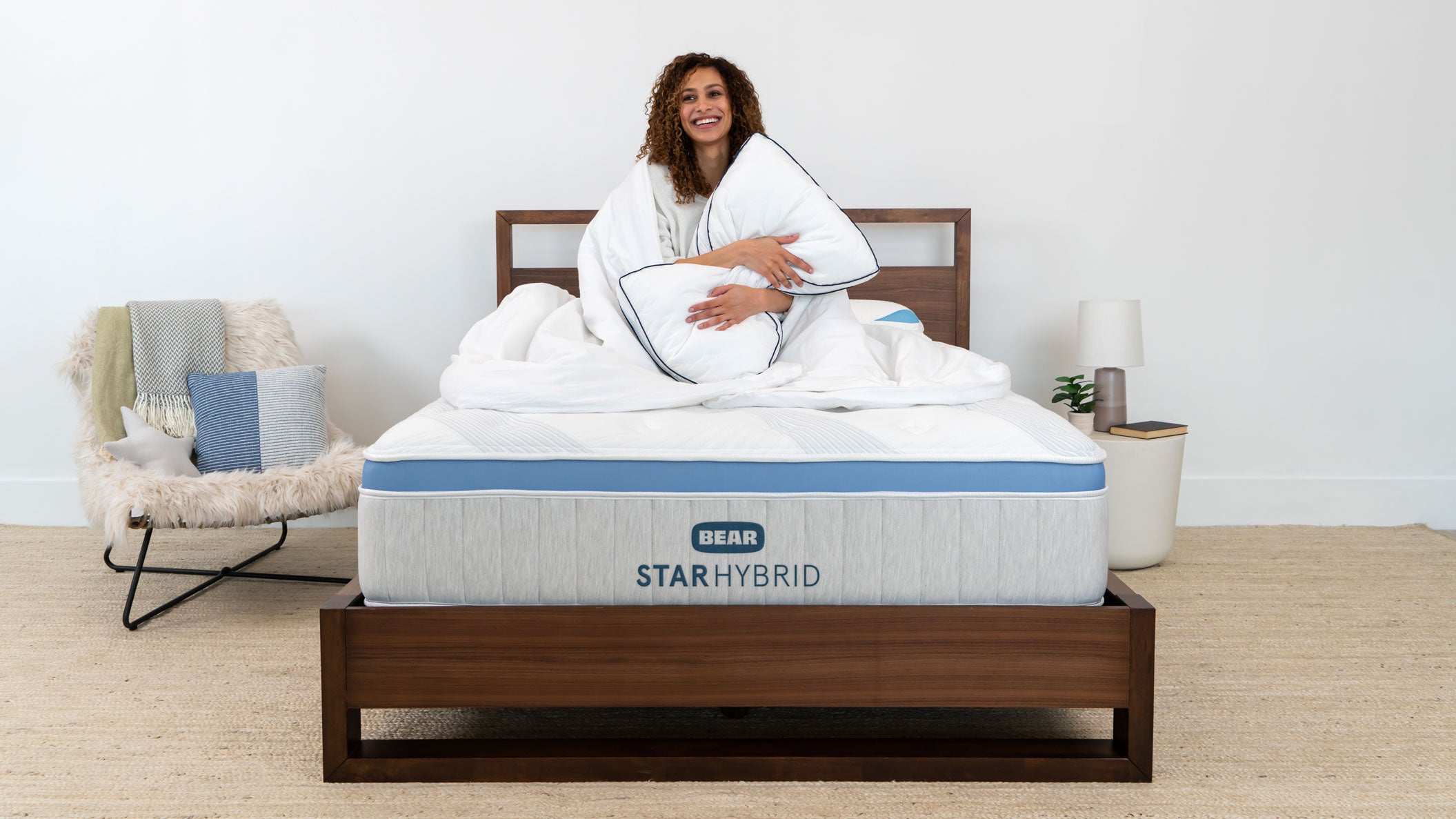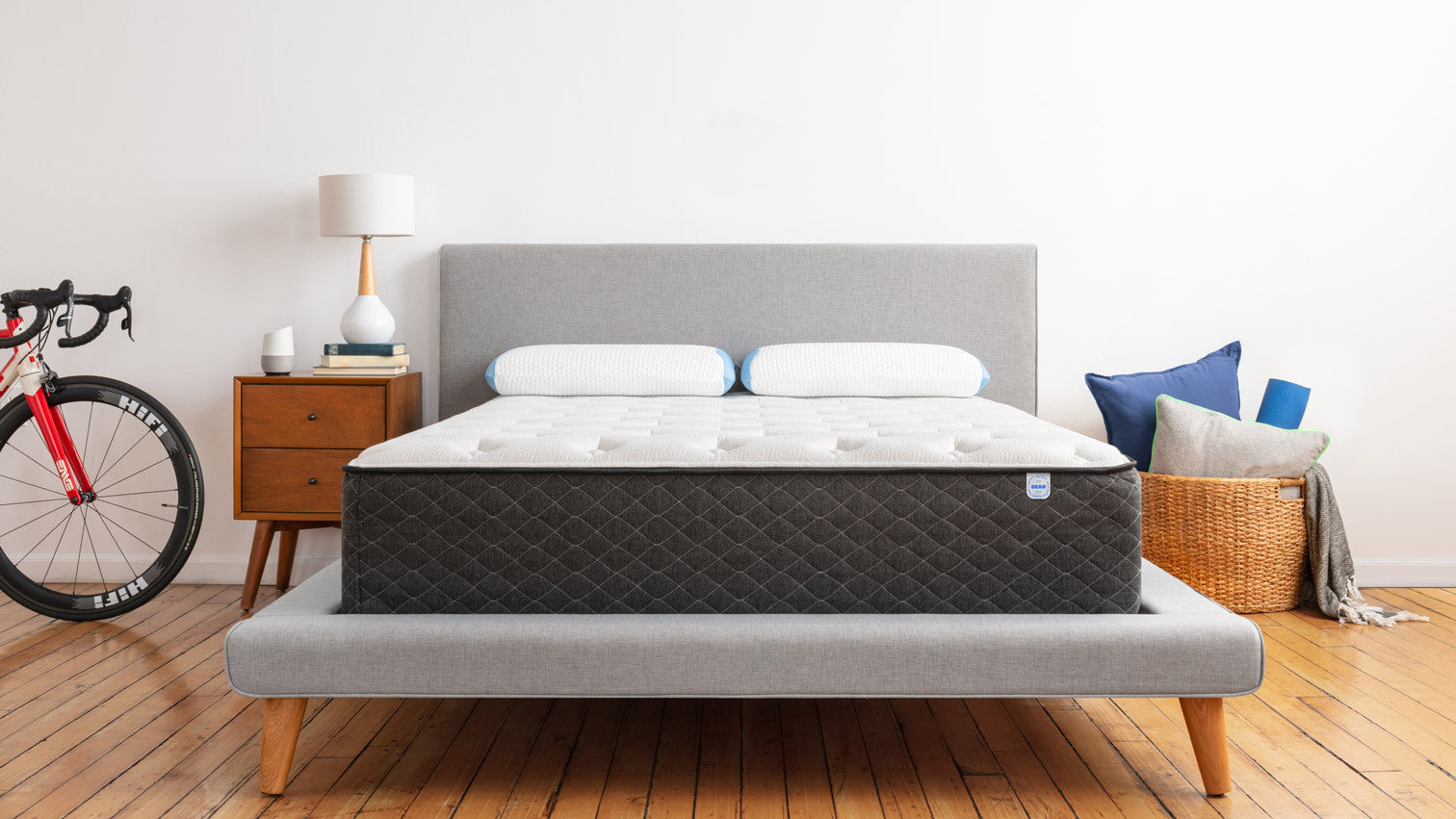It’s time we stop taking our backs for granted.
We rely on our backs--and the spine, muscles, bones and tendons that comprise them--to keep us up and making the movements we need to get around each day. And how do we thank them? With tons of abuse.
Of course, we aren’t treating our backs badly on purpose; the physical demands of daily life put so much pressure on us that back pain is now considered one of the main reasons we visit the doctor. The National Institute of Neurological Disorders and Stroke says that 80 percent of adults have experienced back pain at some point. That’s a huge problem.
Traditional advice for treating back pain is to pop a couple of pain relievers and keep going, but that doesn’t treat the root of the problem--and the pain will come back after the medicine wears off. The good news is that you can relieve your back pain by making a few lifestyle tweaks, without relying on a prescription.
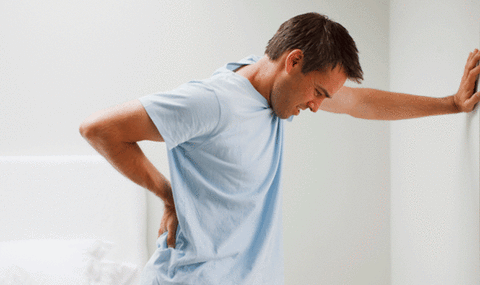
1- Stand, Don’t Sit, At Work
Job demands chain millions of people to their desks for eight-plus hours a day. Working diligently at your desk might do wonders for your career--and your wallet--but it’s doing a number on your back. The reason: most people sit in positions that put undue pressure on the spine, leading to compression and pain.
Consider getting a standing desk; studies show that standing for at least a part of your work day can greatly eliminate back pain. One study published by the U.S. Centers for Disease Control found that using a sit-stand desk reduced pain in participants by 54 percent in four weeks.
A standing desk paired with an anti-fatigue mat an even better option. Anti-fatigue mats absorb some of the impact on your feet when you move around or stand in one place. They also help improve circulation by reducing the pressure on your feet.
2- Get Balanced With Yoga
Fitting a yoga session or two into your week is good for your mental clarity and back pain. A 2011 study conducted by researchers at the University of Washington found that yoga helped relieve back pain better than other forms of exercise. The researchers concluded that the active stretching and relaxation practiced in yoga classes treats both back pain and the triggers. Meaning that it can help reduce pain you already have and, with continued use, help prevent it from happening in the first place.
Yoga can be intimidating to a beginner but rest assured, there are poses for every experience level. Just remember, never stretch into a position of pain, and keep breathing! Self.com put together a nice list of the many poses aimed specifically at relieving lower back pain. Here are a few to get you started:

Child’s Pose
- Kneel on your mat with your knees hip width apart and your feet together behind you. Take a deep breath in, and as you exhale, lay your torso over your thighs.
- Try to lengthen your neck and spine by drawing your ribs away from your tailbone and the crown of your head away from your shoulders.
- Rest your forehead on the ground, with your arms extended out in front of you.
- Hold for one to three minutes.
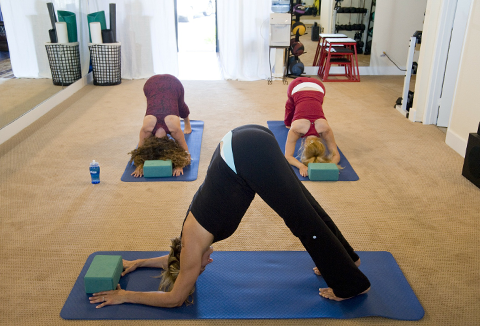
Downward Facing Dog
- From Child's Pose, keep your hands on the floor, sit up on your knees, and then lift your butt and press back into Downward Facing Dog.
- Spread your fingers wide. Work on straightening your legs and lowering your heels toward the ground.
- Relax your head between your arms, and direct your gaze through your legs or up toward your belly button.
- Hold for one to three minutes.
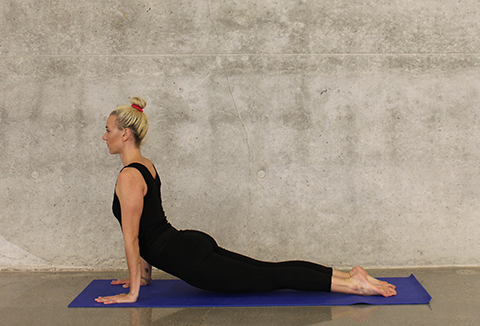
Sphinx Pose
- Lie on your stomach, legs together and straight out behind you.
- Place your elbows under your shoulders and your forearms on the floor as you lift your chest up off the floor.
- Press your hips and thighs into the floor, and think about lengthening your spine while keeping your shoulders relaxed.
- Sit up just enough to feel a nice stretch in your lower back. Don't hyperextend, and stop immediately if you start to feel any discomfort or pain.
- Hold this position for one to three minutes.
Most gyms and community centers offer yoga classes, but at-home practice via video workouts found online--like this 30-minute at-home yoga routine for back pain--can work just as well.
3- Find Your Core Strength
Back pain doesn’t always mean that there’s something wrong with your spine. Weak or imbalanced abdominal muscles--commonly referred to as the core--can lead to back pain over time because they’re not providing your body with proper support.
Stretching and strengthening your abs (the transversus abdominus, multifidus, diaphragm and pelvic floor) with a core-focused flexibility and resistance program like this one designed by experts at Princeton University can help alleviate that back pain without requiring you to step foot in a gym. Start by completing the easy strengthening program three to four times a week until you don’t feel challenged by them anymore--that’s how you know you’re getting stronger--and then repeat the process with the medium and difficult programs. Add in the flexibility exercises three to four times a week for best results.
Engaging your core throughout the day can help strengthen it, too. The easiest way to do this? Point to your belly button and then lower your finger a couple of inches below it. Pretend like you’re trying to pull your abs toward that point until it feels a little tight. Breathe naturally, but try to keep that feeling for as long as possible.
4- Upright Posture Trainer Technology
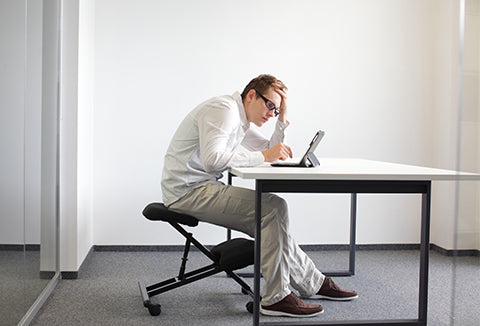
Your posture may seem insignificant in the day to day minutia of your life but it really adds up. Poor posture can lead to everything from respiratory problems to decreased cognitive function and yet millions of people ignore this very basic and fixable habit.
A easy solution to this problem is to simply pay attention. You can tell when you’re sitting up straight versus slouching, you just have to train your body to be alert when you do the latter so you can consciously fix it. Eventually, it will be automatic.
For those of us that need a little outside help, there are a few options. Devices that provide real time feedback for your posture have gained a big following recently. You simply stick these devices to your upper back and they send you warning pulses when you slouch.
5- Pick the Right Mattress and Pillow for your Back
Goldilocks was onto something when she skipped over Papa Bear’s bed (too hard) and Mama Bear’s bed (too soft) for the perfect comfort of Baby Bear’s mattress. Picking the right mattress is one of the most vital--yet overlooked--ways to prevent and eliminate pressure points and stiffness. The reason: spinal alignment.
Traditional mattresses, no matter if hard or soft, can force your body into a position that doesn’t follow the natural curve of your spine. This means your weight isn’t distributed equally across your body, creating pressure points and discomfort.
The best mattress for back pain should contour to your body instead of forcing your body to conform to it. This puts your spine in the right alignment for proper sleep.
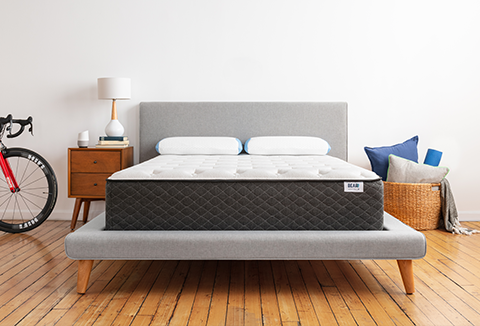
At Bear Mattress, we go a step further. Our Bear Original Mattress was designed with contouring, quick-response and graphite-gel infused foam that provides pressure point relief, lumbar support and spinal alignment. Or you an upgrade to the Bear Pro Mattress with cooper-infused memory foam to help you sleep cooler and cleaner.
For a more luxurious feel, try the Bear Hybrid Mattress. The cooling-gel infused quilted cover will have you feeling like you’re sleeping on a cloud. Plus the individually encased coil gives you an edge-to-edge support system that provides support and pressure-point relief while adapting to your body size, shape and sleep position to ensure a great sleep.
The Bear Hybrid has also been rated as the #1 mattress for back pain by Business Insider, Yahoo!, The Sleep Judge and The Sleep Advisor.
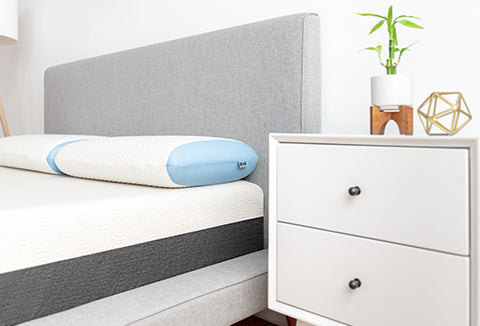
And don’t forget your pillows! Think of your neck and head as an extension of your spine--you want to make they’re in alignment with your spine, too, but most pillows either crank your head up too high or cause it to drop down. The Bear Pillow contours to your head and neck, creating a natural alignment. Plus the Loft-X foam, along with mesh and Double Ice fabric that keeps you cool, calm and collected as you snooze.
Your back and spine are the cornerstones of your body’s ability to move and should be treated with the utmost care. It’s never too early or too late to start and every little bit helps in the long run. There are hundreds of free resources on the internet and in your community to help you get on track towards a stronger, healthier back.
Disclaimer: The information in this article is designed to provide helpful information on the subjects discussed. The post is not meant to be used, nor should it be used, to diagnose or treat any medical condition. For diagnosis or treatment of any medical condition, please consult your own physician. References included in this article are intended for informational purposes only, and do not constitute an endorsement of any websites or sources.
